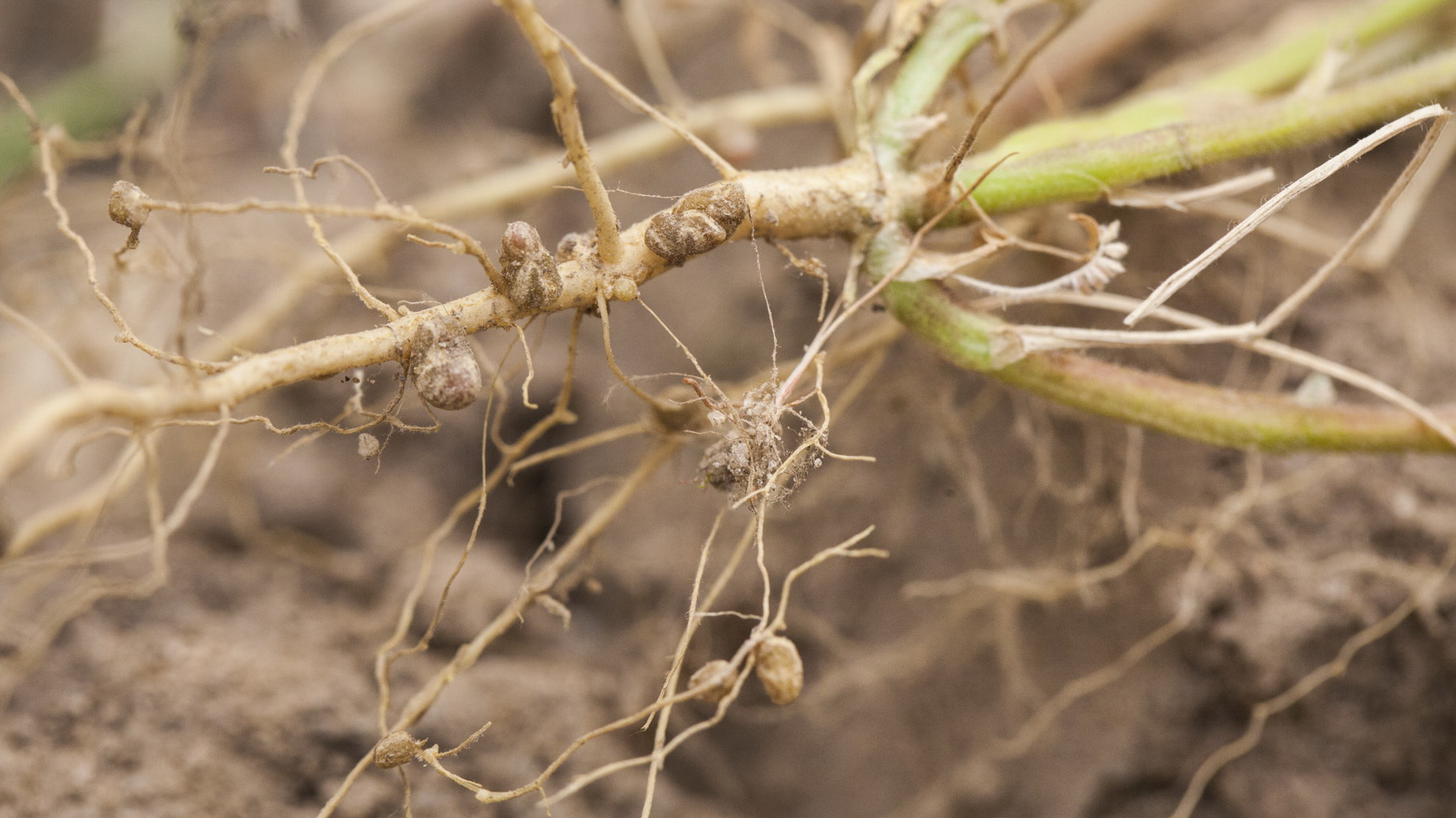
By XiaoZhi Lim
BU News Service
Before synthetic nitrogen fertilizers existed, plants and bacteria worked together to return nutrients to the soil. A type of bacteria living in plant roots, called nitrogen-fixing bacteria or Rhizobia, enriches the soil with nitrogen from the atmosphere, making it available to the host plants. But not all plants can host Rhizobia, because the plants’ immune systems repel the bacteria. Scientists have long believed that only legumes, or plants like soybean, pea, and alfalfa, could chemically communicate, and therefore accept, the nitrogen-fixing bacteria.
Recently, Gary Stacey and his team of researchers from the University of Missouri found that that might not be true. In an article from Science, Stacey and his group reported that legumes are not the only ones that can chemically communicate with Rhizobia. Their finding eventually could be important to farmers as a viable alternative to synthetic fertilizers.
In centuries past, farmers used manure or crop rotation to introduce nitrogen in the soil. They would spread limited quantities of manure on their fields, or plant legumes in between crops like corn or wheat to replenish nitrogen. With the development of synthetic nitrogen fertilizers about a century ago, getting nitrogen to plants became much simpler and more reliable than spreading manure or crop rotation. But synthetic nitrogen fertilizers created problems such as water pollution.
Scientists like Stacey have recognized that if they can figure out how the relationships between Rhizobia and legumes work, they can begin to expand the use of this 60-million-year-old partnership in farming.
Continue reading at Boston University News Service Science. Originally published Nov 1, 2013.
